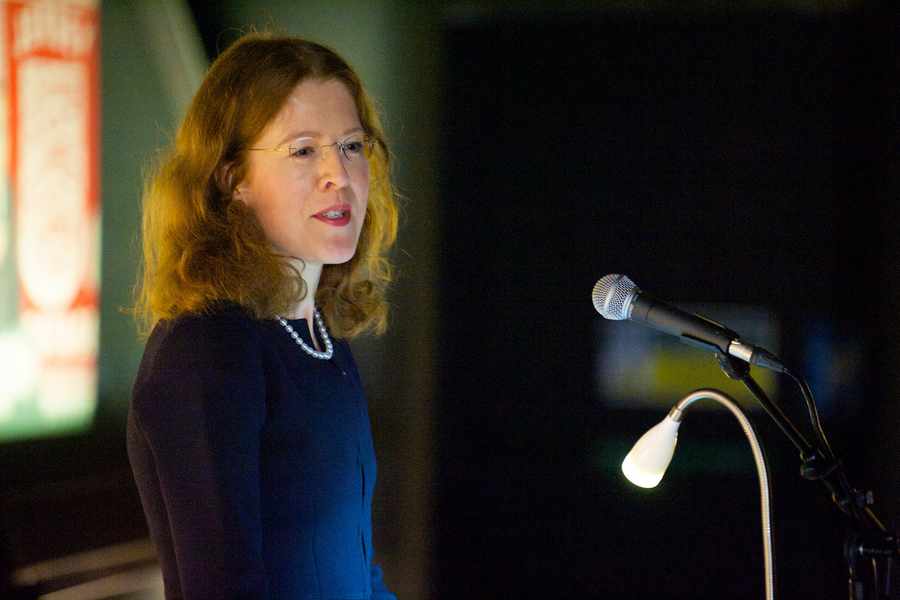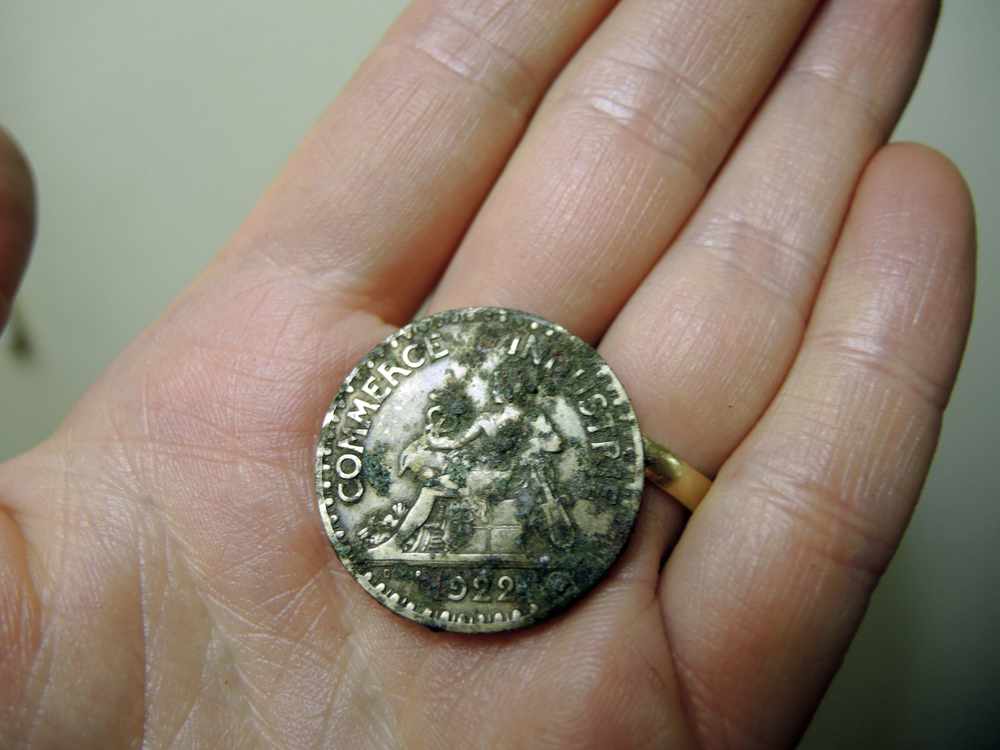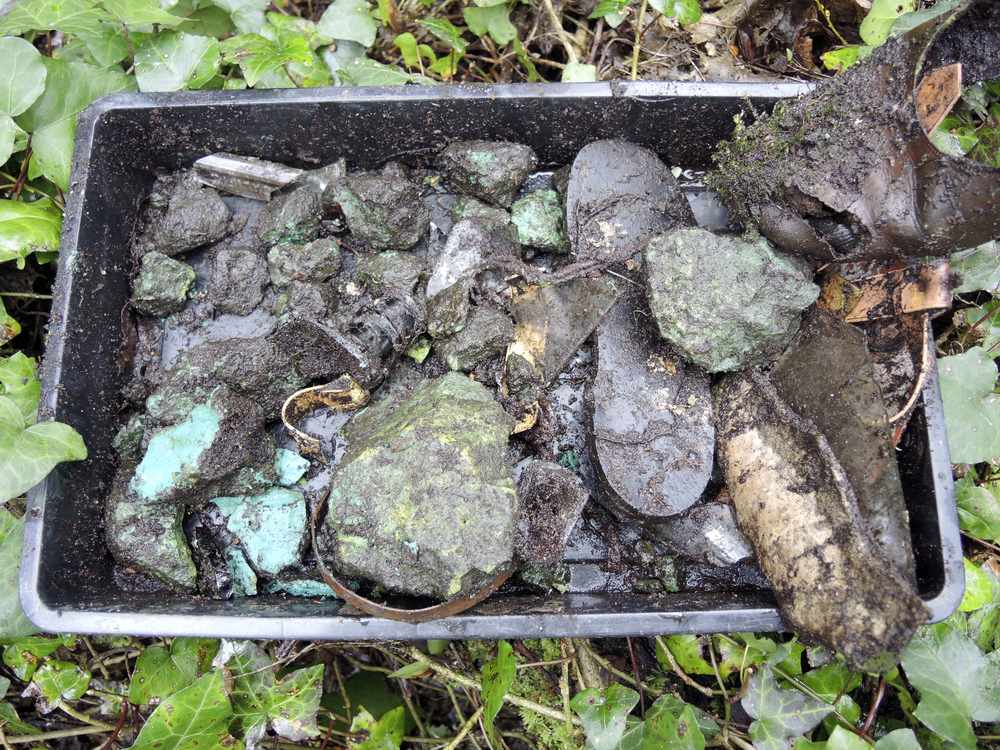- Preserve German labour camp site as place of historical importance, says archaeologist
- Dr Gilly Carr has uncovered several artefacts at former Lager Wick site in Grouville
- Ceramic plate bearing swastika was unearthed at the dig
- Should the site be preserved? Take our poll below
THE remains of a German labour camp should be preserved and open to the public to remember those who suffered in the Occupation, says an archaeologist who has uncovered its secrets.

Dr Gilly Carr has a passionate interest in the Occupation and everything surrounding it.
The Cambridge lecturer originally studied Roman archaeology, but when she found out that fellow colleagues were studying 20th century artefacts, she seized her chance to conduct a study on all things relating to the Occupation.
Her interest spawns from the fact that her parents originally come from Guernsey and her ancestors moved to the Island in 1910.
Three of her father’s uncles and three aunts were moved to the Biberach civilian deportation camp in Germany.
Dr Gilly Carr, a specialist in the Channel Islands in the Second World War, has been excavating a site on the edge of Grouville Marsh that once housed the camp Lager Wick, run by Organisation Todt, which was responsible for fortifying German-occupied countries.
The ablutions block in the site is now to be preserved as a heritage site.
It was one of 12 camps that housed more than 5,000 workers who turned Jersey into a fortress as part of Hitler’s Atlantic Wall defences.
About 45 per cent of the workers were slave or forced workers who came from Russia, Poland, Belarus, Ukraine, Spain, France, North Africa and Belgium.
Dr Carr, a lecturer in archaeology at Cambridge University, says it is time to acknowledge the darker side of Jersey’s heritage by preserving Lager Wick to show that the network of long-lost and forgotten camps existed.
‘There is a need to balance out the swastika and the pictures of Hitler with the stories of the people they oppressed and treated badly and to acknowledge that the Germans were perpetrators of crimes,’ she said.


Dr Carr, Professor Claudia Theune of the University of Vienna and Peter Masters from Cranfield University have been continuing work began last April on the first excavation of a camp in the Channel Islands. They have concentrated on excavating the ablutions block and searching for a hut which Occupation diarist Leslie Sinel recorded burning down in April 1942.
Following last-minute discussions yesterday with Planning and the Environment Department before returning to the UK, Dr Carr secured agreement that the ablutions block would be preserved as a heritage site.
‘I think it is a very positive and forward-thinking to leave it uncovered,’ she said.
‘It was a chance to remember the thousands of slave workers who suffered at the hands of the German forces,’ she said.
About ten per cent of all the steel and concrete put into the Atlantic Wall (from Norway to the Spanish border) was used to fortify the islands.








